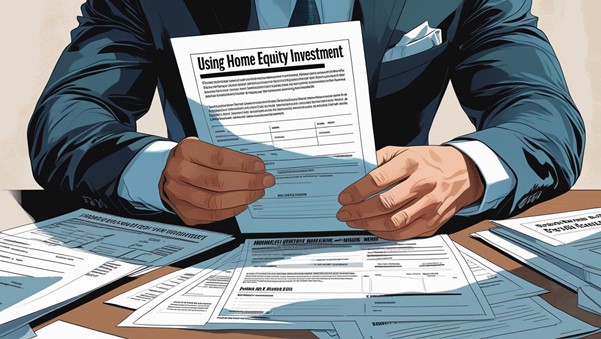
If you're a homeowner with a decent amountof equity — or you're starting to make a dent in your mortgage — you might bewondering: “Is there a smarter way to use the money I already have?”
Enter: debt recycling.
It’s a lesser-known but powerful strategythat can help you pay off your non-deductible home loan faster, whilealso building a long-term investment portfolio — and potentiallyreducing your tax bill.
Let’s break it down.
💡 WhatIs Debt Recycling?
Debt recycling is a strategy that involves convertingnon-deductible home loan debt into tax-deductible investment debt — whileusing your money to invest and grow wealth at the same time.
Here’s how it works:
- You pay down a portion of your home loan (which is non-deductible).
- You then redraw or reborrow that same amount using a loan structure (like a line of credit or split loan).
- You invest the borrowed funds — often into shares, managed funds, or property.
- The interest on this new loan becomes tax-deductible, because the borrowed money is used for income-producing purposes.
- Over time, you repeat the process, slowly turning your “bad” debt (your home loan) into “good” debt (investment debt).
🏦 WhyConsider Debt Recycling?
This strategy can offer three majorbenefits:
1. Faster Home Loan Repayment
By prioritising extra repayments to yourmortgage, you reduce your non-deductible debt faster — while using borrowedfunds to invest, rather than your own savings.
2. Build a Growing Investment Portfolio
While your home loan shrinks, yourinvestment assets grow — potentially earning dividends, capital gains, andpassive income.
3. Tax Efficiency
Because the investment loan interest istypically tax-deductible, you may reduce your overall tax bill — especially ifyou’re in a higher income bracket.
🔍 WhatDoes It Look Like In Practice?
Here’s a simple example:
- You have a $500,000 home loan
- You make $20,000 in extra repayments
- You then reborrow that $20,000 using a separate split loan or line of credit
- You invest the $20,000 in shares
- The interest on that $20,000 is now tax-deductible
Over time, you repeat the process as yourequity grows, recycling more and more of your mortgage debt into investmentdebt.
⚠️ Things toConsider Before Starting
Debt recycling is a long-term strategyand isn’t for everyone. You’ll need to be:
- Comfortable with investment risk – market fluctuations are normal
- Disciplined with cash flow – the strategy works best when done consistently
- Clear on your goals – this isn’t a get-rich-quick scheme, but a wealth-building plan over 10–20 years
- Properly structured – you’ll need the right loan setup (split loans, offset, or LOC), and professional tax/financial advice
⚠️ Important:To claim the interest as tax-deductible, the borrowed funds must be used forincome-producing purposes — not for personal use. Keep investment loansseparate from personal spending.
💬 IsDebt Recycling Right for You?
Debt recycling can be an incrediblyeffective strategy for homeowners who have equity and stable income, andwant to start investing while still managing their mortgage.
It’s commonly used by:
- People in their 30s to 50s with strong cash flow
- Professionals looking to reduce tax
- Families who’ve been making extra repayments and now want their money working harder
As a mortgage broker, I can help you:
- Structure your home loan correctly for debt recycling
- Work with your accountant or adviser to set up tax-efficient splits
- Make sure your strategy aligns with your goals, risk profile, and lifestyle
Let’s Make Your Money Work Harder
If you’ve been diligently paying down yourmortgage and want to start building long-term wealth, debt recycling could bethe strategy to take you to the next level.
📞 Booka free strategy session and let’s explore whether this approach is rightfor you — and how to structure your loans to make the most of it.

.svg)




.svg)
.svg)
%201.png)